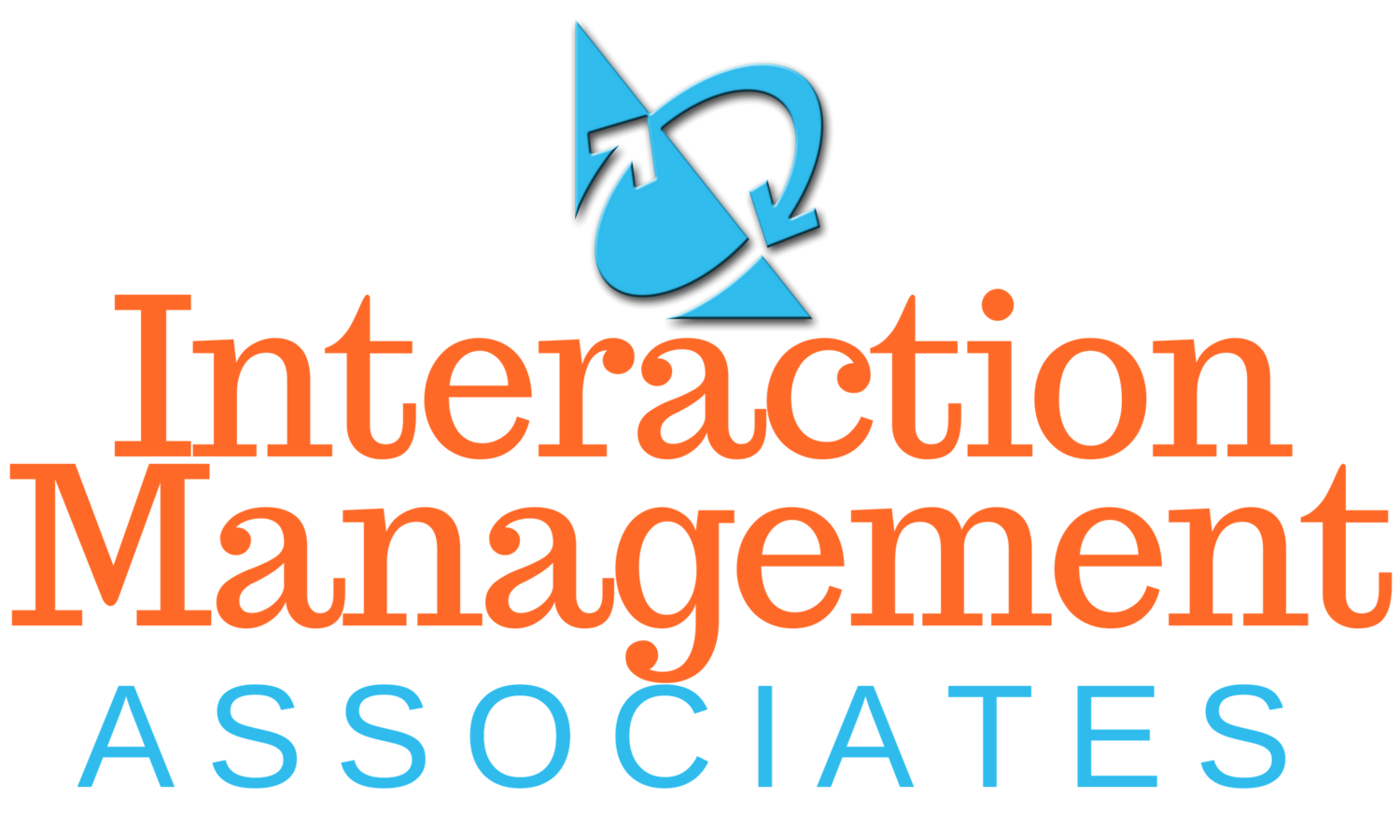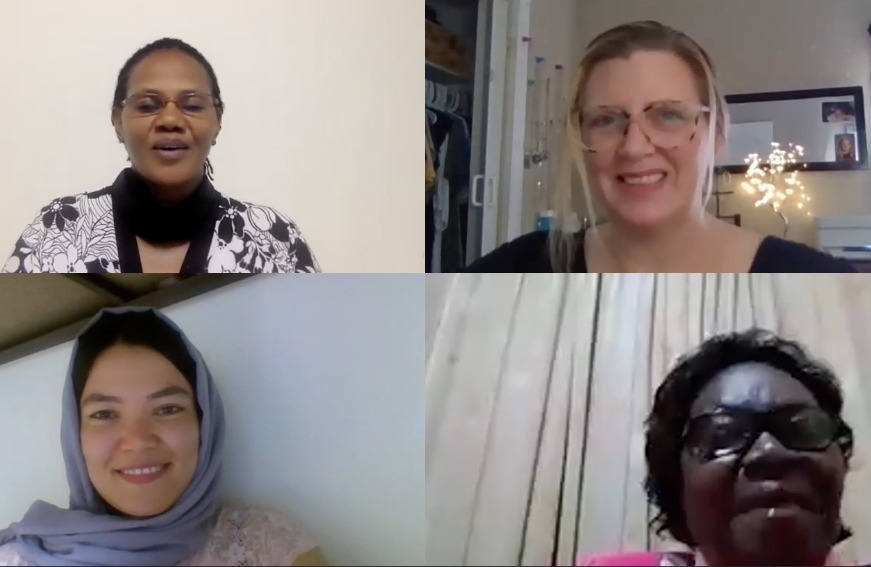Almost anything you will read about conflict will tell you that communication is a contributing factor. How each of us communicates and interprets the verbal and nonverbal signals of others is closely tied to and shaped by our own unique cultures. Awareness of diverse communication approaches enable us to not only recognize the ways our opponents may engage in conflict, but we begin to understand how our own culture shapes us. This respect for divergent conflict engagement practices is especially important for mediators who facilitate those difficult conversations. Ultimately, cross-cultural understanding helps us manage conflict more effectively.
As the world is becoming increasingly interconnected, it’s common to work and engage with individuals from different cultural backgrounds. Interacting with people outside of your culture demands at a minimum, some basic cross-cultural communication skills. However, learning about the communication patterns of different cultures can often feel daunting and uncomfortable. Appreciation for new approaches can actually foster harmony. Fortunately, there are tools that can assist you in this process and potentially enhance your cross-cultural relationships.
How Culture and Conflict Intersect
Erin Meyer, an expert in cross-cultural communication shares valuable insights about how to adapt to the communication styles of people from different cultures. Her short presentation recounts the moment when she realized the need to be more aware of the verbal and nonverbal cues of her clients. The experience inspired her to dedicate her professional career to investigating how culture affects business. After making this decision to explore the impact of culture on business, she consolidated her research in her book, Culture Map. The insights shared in this book are designed to help readers become more confident in communicating with individuals from different cultures. Although Meyer explores the cultural differences in communication within the business sector, the lessons gleaned can also be applied to professional and personal relationships. They illuminate how cross-cultural understanding can help us manage conflict more effectively.
Meyer’s book begins with the acknowledgment that how someone is understood is dependent on context. For example, as she points out, “you may be considered a topflight communicator in your home culture, but what works at home may not work so well with people from other cultures.” This reality emphasizes the need for us to become more aware and sensitive to the communication styles of others.
Recognizing that how we are understood is context-dependent can help guide ways in which we adapt our communication styles. Too often, we become aware of the need to educate ourselves about the communication styles of others after we make a faux pas. Culture Map provides tools to help safeguard us from embarrassing ourselves or missing out on valuable interactions.
Meyer’s research culminates in a handy “map” within the book that graphs a number of cultures, based on the importance of the following factors:
Communicating
Evaluating
Persuading
Leading
Deciding
Trusting
Disagreeing
Scheduling
Source: Erin Meyer, The Culture Map
Using the Country Mapping Tool on Meyer’s website, we compared five native countries of current IMA mediators, Australia, India, Lebanon, Kenya and the United States. If your country of origin is included on this graph, you can gain insights into how you might need to adjust your communication style to cultures that are also on the graph. Successfully navigating the links and differences between the various countries’ cultural dynamics may help improve your ability to more effectively navigate conflict.
Becoming a more effective communicator should involve an element of cross-cultural understanding, however, we don’t expect anyone to be an expert in all cultures. That’s impossible. More importantly, individuals, not cultures, show up for conflict. The information shared by Meyer is not going to be true for everyone and we should all be cautious about making assumptions or projecting generalizations onto individuals. The insights she shares can be a good starting point to inform how you might adapt your communication style to navigate potential conflicts across cultural contexts.
Cross-Cultural Understanding in Mediation
Awareness of the connection between culture and communication style is becoming increasingly important in our professional and personal relationships. However, it might be less obvious why mediators should be particularly concerned about these dynamics.
Participants in an IMA Mediation Simulation
A skilled mediator should be sensitive to the communication needs of all parties. Good mediators adapt their communication style accordingly, to create an environment for productive dialogue. Knowing that many conflicts are the result of or escalate because of miscommunication further intensifies the need for the mediator to be adaptable. When a mediator is oblivious to underlying cross-cultural dynamics, however, they can actually sabotage the mediation and further agitate the conflict.
IMA’s unique training model involves trainees interacting with and mediating simulated conflicts between individuals from across the world in live small group sessions. One IMA-trained mediator, Grace Kuria, says “The simulations are very good as they are touching on many cultures and practices from different parts of the world, thereby giving the learners a wide exposure.” She continues to express her appreciation for how IMA brings “people from different cultures as this is strengthening the knowledge that I'm getting as this is a great learning process.”
Lawrence LaVictoire, Human Resources Manager of City of Tempe, said of the IMA training experience, “I really like the interaction with people from other cultures who may have different perspectives.”
Mediator with the Peace Warriors Organization of Kenya, Mariam Jalla, said, “IMA was an eye opener for me to have known so many people globally and to be able to solve conflict within my community and outside.”
Author and mediator, William Smitherman, states, “Through the IMA Master Mediator program I am a part of a global network of professional mediators of all levels, with vast experiences.”
Within IMA’s global mediator training, our coaches regularly discuss the need for mediators to notice, acknowledge, and adapt to the verbal and nonverbal cues of the parties. The most common strategy to learn more about the communication styles of individuals is by asking open-ended questions about behaviors of the individuals during the session. For example a mediator may say, “I noticed you looked down when he said that, what were you feeling at that moment?”
As Professor Faten Ghosn of UK’s Essex University recently said in a Master Mediator workshop about cross-cultural mediation:
“The challenge in working with people from different cultures is not about proving who’s right or who’s wrong or that they should see it in the same way, because we can’t erase years of culture and try to make them behave differently. It is more about illuminating how the other side sees things from their perspective, given their culture. How do they communicate? Why do they do so?”
Dr. Ghosn also spoke about the need for mediators to recognize the reaction and response time different individuals have to what has been said. This concept, known as “wait time” in educational settings, involves creating deliberate pauses. Good mediators will allow for silence, to ensure each party has ample time to process and respond to what is being communicated.
In some instances, if an individual is not effectively communicating in the main session, the mediator may determine that a private meeting with them, a caucus, would enhance the productivity of the meeting. In a caucus, the mediator may have a better understanding of which of those elements, if any, described in the Culture Map may be at play.
At IMA, we believe there is great value derived from working and learning within a multicultural environment. Operating outside our own cultural contexts challenges us to not only appreciate the way others communicate, but we can become more aware of how our own culture shapes the way we operate. That richer cultural competency can help mediators confidently navigate a wider array of conflicts.
Investing in Cross-cultural Understanding
Broadening your understanding of cross-cultural dimensions that can lead to conflict can dramatically improve your interactions with others. Tools like Culture Map and the accompanying resources make the process of becoming more aware and adaptable less strenuous. With greater sensitivity comes the ability to prevent conflicts resulting from misunderstanding from arising, the ability to support others as they resolve conflicts, and ultimately allow you to appreciate the beauty of people who do not originate from the same culture as you. The more diverse the IMA mediator training experience becomes, the more we all realize the ways in which cross-cultural understanding helps us manage conflict more effectively.
What strategies have you used or seen used to navigate conflict across cultures? Share in the comments below so we can collectively create a more harmonious world!













